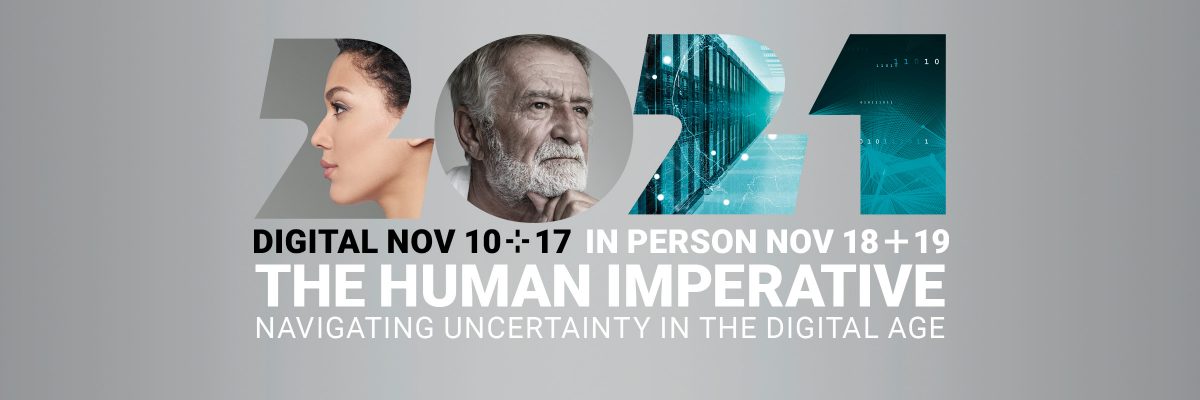As a co-founder of the Open Innovation Strategy and Policy Group I remember well the days when we had great difficulty to make ourselves understood. What is open innovation all about and why should anybody care? Some may even have thought that it might just be another buzz-word and management fad – we have indeed seen a lot of those passing by. Today, five years on we know better.
What started as a small creek, invisible to most has become a powerful torrent. This is not just wishful thinking – the 2012 IBM CEO survey conducted with more than 1 700 business leaders in 64 countries contains compelling evidence: only 4 percent of the CEO plan to do everything in-house. Two thirds of the CEOs plan to partner extensively. More than half of them are making substantive changes to enable their organizations to work with external collaborators. In the field of business model innovation it is particularly apparent that outper-forming companies are those who embrace partnering and open innovation approaches.
Hence open innovation with co-creation is imposing itself as much more than just another management tool. Maybe it is an element of a paradigm change with profound implications for company organisations and their culture. Open, collaborative innovation and co-creation does not come easy – it requires overcoming old engrained mind-sets and attitudes. This is also why CEOs are seeking collaboration as the number one trait in their employee as a critical element of creating a more open and collaborative culture. The fundamental shift that needs to occur is also well expressed by Venkat Ramaswami and Francis Gouillart, authors of The Power of Co-Creation when they say: Ultimately, co-creation is about putting the human experience at the centre of the enterprise’s design. The time has come for a democratic approach, in which individuals are invited to influence the future of enterprises in partnership with management…
Yet, much work needs to be done to better understand the “how”. This is where policy makers have a key role to play, by allocating resources not only to traditional R&D but to the exploration and enhancement of new value creation approaches. This should happen in the Knowledge Triangle – Education, Research and Business must co-create it. Ultimately it will be a prepare the ground to accelerate innovation and to drive growth and jobs in Europe.
Richard Straub is President of the Peter Drucker Society Europe and Vice Chair of the Open Innovation Strategy and Policy Group. A European Union initiated Conference “Open Innovation 2.0” will further explore the potential of this powerful approach to Innovation.

